Campfire Audio is well known for their unique approach to IEMs, building a multitude of different designs to fit every listener’s tastes, from bass heads to classical long-hairs. They are a regular at every Personal Audio Show and always have something new on the fire. Relatively new to their lineup is the Campfire Audio Cascade Closed Backed Dynamic Headphone, as far as I know, their first egress into the world of over the ear headphones, the culmination of three years worth of engineering effort and with it comes the Campfire Audio signature sound.

Campfire Audio Cascade Closed Backed Dynamic Headphone:
The Cascade features a 42mm Beryllium PVD Driver with the intent to provide excellent speed and micro detail retrieval, with extended high frequencies and precise controlled bass to recreate a sense of openness and soundstage usually associated with open-back headphone designs. Employing a compact fold-up form factor the Cascade boasts lightweight forged and machined aluminum cups paired with stainless steel components providing added strength to key stress points. The provided ear pads are made from a premium sheepskin in order to offer comfort as well as excellent isolation. For comparison’s sake, also included with the review sample was a pair of their cloth covered replacement pads. Held on magnetically, they are literally a snap to replace and made for easy testing to determine contrasting performance.

The detachable cable is constructed using a cloth jacketed Silver Plated Copper Litz cable to provide optimum signal transmission while limiting microphonics and is terminated with a 3.5mm TRS Stereo Plug, as the Cascade’s primary focus is for portable use. To further facilitate portability a hardshell zipper case is provided.

Finally, in keeping with Campfire’s desire to provide a personalized sound signature aimed at the specific user, an acoustic dampener tuning kit is included with a selection of four different acoustic dampeners. The dampeners are numbered 1T to 4T, the higher the number the more dense the dampener. In this case, the dampeners control the bass and low mids, thus the higher number means less mid-bass.
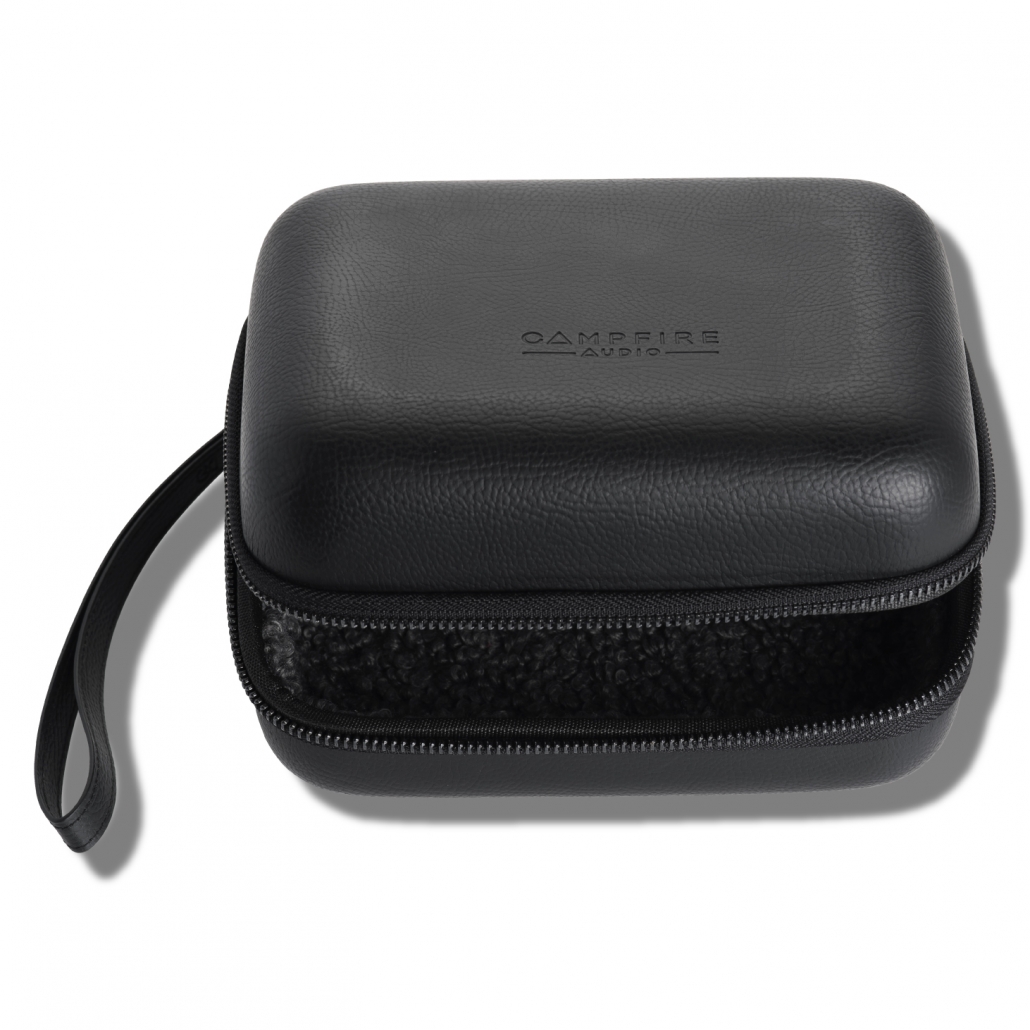
The Experience:
I spent about a week just listening to the Cascades, mostly to Qobuz via the Swan Song Audio Cygnet Class A Headphone Amplifier/Preamp with Upsampling DAC and the Questyle CMA 400i DAC/Headphone Amplifier. I was immediately impressed with their efficiency, outperforming even my beloved MrSpeakers AEON Flow Opens on this front, the 1MORE Triple Driver Over-Ear Headphones being the only pair in my collection to compete (though even this comparison is belied by the Cascade’s sumptuous bass reproduction), making the Cascades the ideal travel headphones as they can be driven even by the meager output of a smartphone.
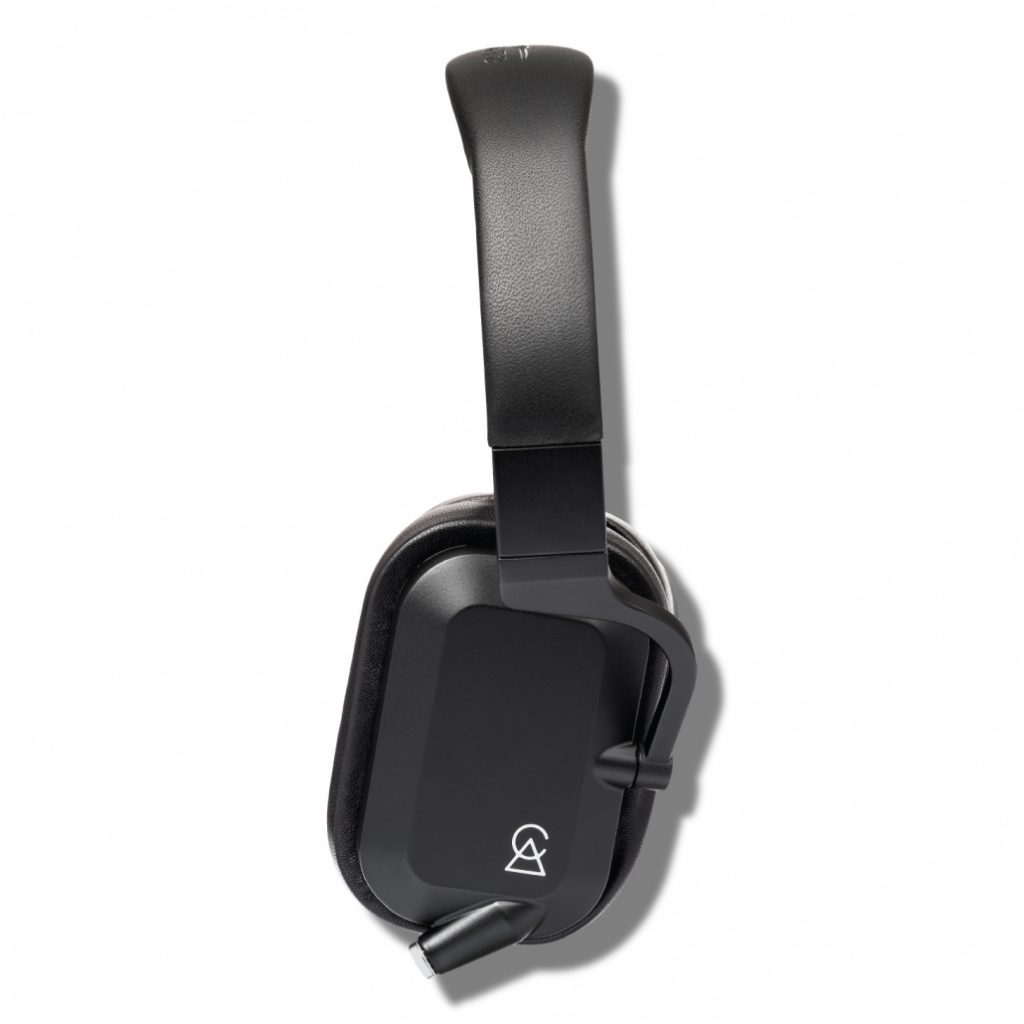
After getting a sense of the overall sound of the headphone, I spent a couple of days evaluating the acoustic dampeners and the sonic impact of the selection of earpads. As to the acoustic dampeners, I found the 4T to offer the most neutral sonic signature. While the cloth pads presented the most neutral sound and a more open soundstage, the sheepskin pads produced much deeper and controlled bass, and in the long run I settled on the sheepskin pads with the 4T acoustic dampeners, if for no other reason, I found the sheepskin to be more comfortable for long term listening.
The Campfire Audio Cascade Closed Backed Dynamic Headphones are a bass-head’s dream, dishing out heaping spoonfuls of tight deep bass. The overall tonal quality is reminiscent of the Campfire Audio Atlas IEMs reaching deep into the subsonic range. I could easily see these as being the choice headphone to listen to films on your smartphone or on an airplane, plenty of dynamics and impact.
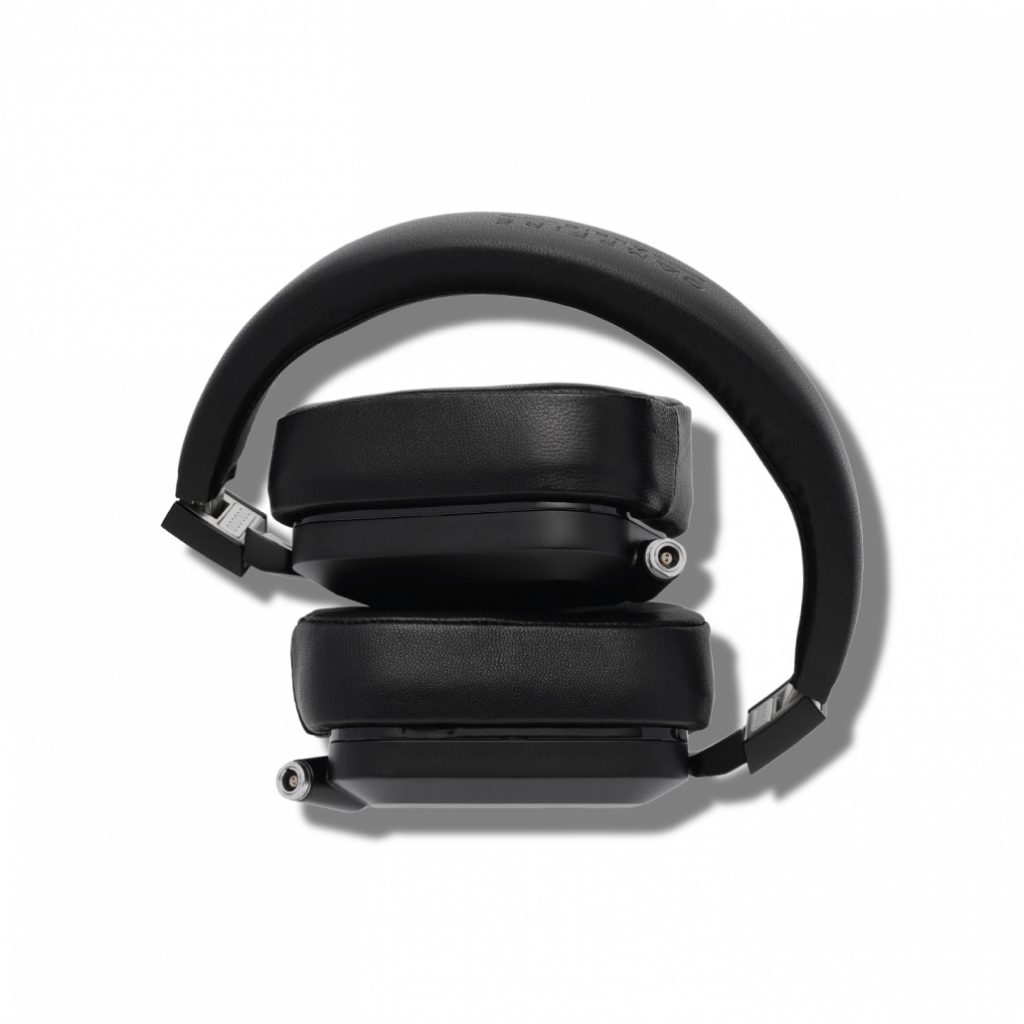
This aggressive sound signature serves well for instrumental music as evidenced by the in-studio, small club atmosphere created while playing “‘Pathétique’ (Symphony No. 6, 3rd Movement)” from Elegy by The Nice (16/44.1 kHz – Qobuz). Keith Emerson’s spectacular keyboard gymnastics are well counterbalanced by Lee Jackson’s lively and intricate bass lines. Despite the heavy dynamic ‘in-room’ feel of the bass, there is plenty of air to the soundstage giving a real sense of space.
Having recently expanded my High-Resolution library, I have added to my regular test song list, and realizing the Cascade is a real Rock & Roll headphone, I selected Van Halen’s “Aint Talkin’ ‘Bout Love” (Van Halen – 24/192 kHz) and was transported back to the first time I heard them play in the mid 70’s a couple of years before the album’s release. There was an edge-of-the-stage growl to the bass and a throaty edge to the guitar. The drums were a little recessed from the rest of the band, who were presented parallel to each other in a live concert soundstage.
Lee Ritenour and Dave Grusin’s “Romanian Folk Dances” (Two Worlds – 16/44.1 kHz) was treated to a front row in a large hall soundstage, the piano rich and robust, the acoustic guitar intimate and delicate, while Gil Shaham on the violin was dynamic, exciting and emotional. The tonality of the instruments was natural enough, though laden with a resonance that projected proximity.
Since the Cascades were clearly designed for on the go use, I switched up to the FiiO X7 Mark II DAP and cued up Jimi Hendrix’s live performance at Woodstock of “Izabella” (16/44.1 kHz). The dynamics were incredible, producing concert level sound at about half volume on the FiiO. Again the soundstage was close and large. The vocals were clear and strong. The bass on the right, the drums on the left and Jimi’s guitar in the middle each had their own space and were of an equal energy blending together to create a complex whole. The timbre of the instruments was realistic and what you would expect from a live concert.
The opening piano refrains and Toyah Willcox’s voice have a certain distance as if performed in a great concert hall for Toyah’s “Creepy Room” (The Changeling – 16/44.1 kHz). As the percussion fades in it has amazing impact, and a larger than life feel accompanies the layers of instrumentation as they cut in, then drop off leaving a “Tell Tale Heart” drum beat to accompany the haunting lyric and occasional guitar embellishment. One cannot help but believe that this was the effect the artist was originally going for.
At this point I broke out my old Samsung Galaxy J3, as my Essential doesn’t actually have an audio out, to get a glimpse into what was obviously part of the intent of the Cascade Headphones, to be paired with a smartphone in lieu of earbuds or IEMs to get a full and complete audio experience. Starting with a live 24/96 kHz version of “Luka” by Suzanne Vega, there was plenty of volume and dynamic range to deliver an in-hall experience without maxing the output of the Samsung. The bass was deep and rich, the guitar crisp and full, and Suzanne’s voice velvety, all with a real sense of space.
Booting up Qobuz I randomly picked a 24/48 kHz recording of “Broken Boy” by Cage The Elephant from their Social Cues album. This was definitely the music for which the Cascades were intended. I actually needed to lower the volume as the impactful bass and percussion kicked in. The encounter was so pleasurable that I continued through the album, sampling the subsequent songs, and eventually bringing it up on Qobuz on my computer for future reference.
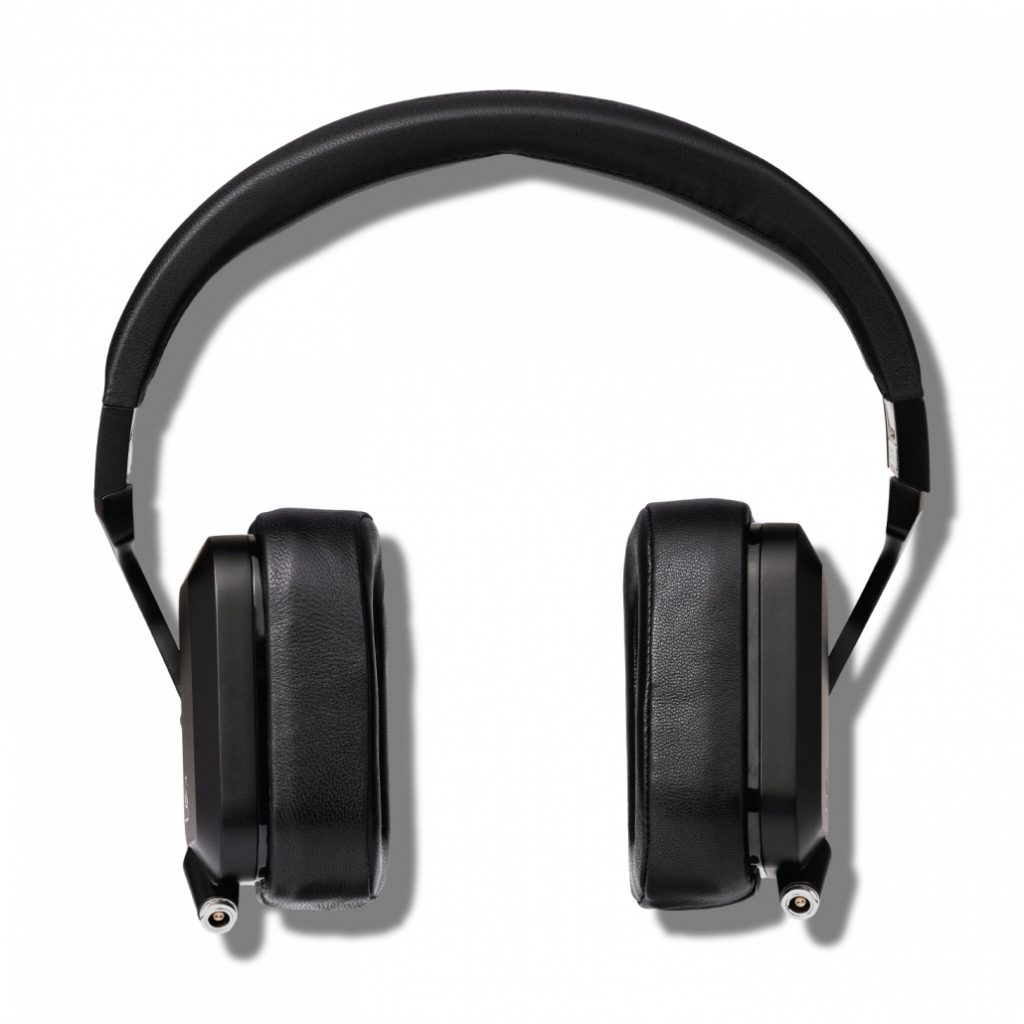
The Conclusion:
Having spent three weeks enjoying the Campfire Audio Cascade Closed-Backed Dynamic Headphone I can say that they are not a “one size fits all” headphone sonically. They have a specific environment which they recreate, with a perfection I have not experienced before, to wit: a small dance club, studio, or mega-concert venue. Once you have tuned them to your particular taste (which is an amazing thing all in itself), you will find that they are your ‘go-to’ headphone for select uses. They have a driving bass, clear mid-range and crisp highs, yet maintain a level of musicality and are never harsh or fatiguing.
Due to their small size, the earpads can be a little close and might be a bit claustrophobic for people with large ears, this is one of the reasons I personally preferred the sheepskin pads as they were in constant contact with my ears. To deal with this issue, Campfire Audio offers extra large leather pads as an addon. https://campfireaudio.com/shop/casdcade-pads/ If I have any real complaint about them it is the use of the Sennheiser connectors, which though readily available, and common among aftermarket cable manufacturers, are expensive and fragile, that having been said, the cables provided with the Cascades were of excellent build quality and very precise, resulting in them being extremely easy to connect and disconnect (not always my experience with this style connector).
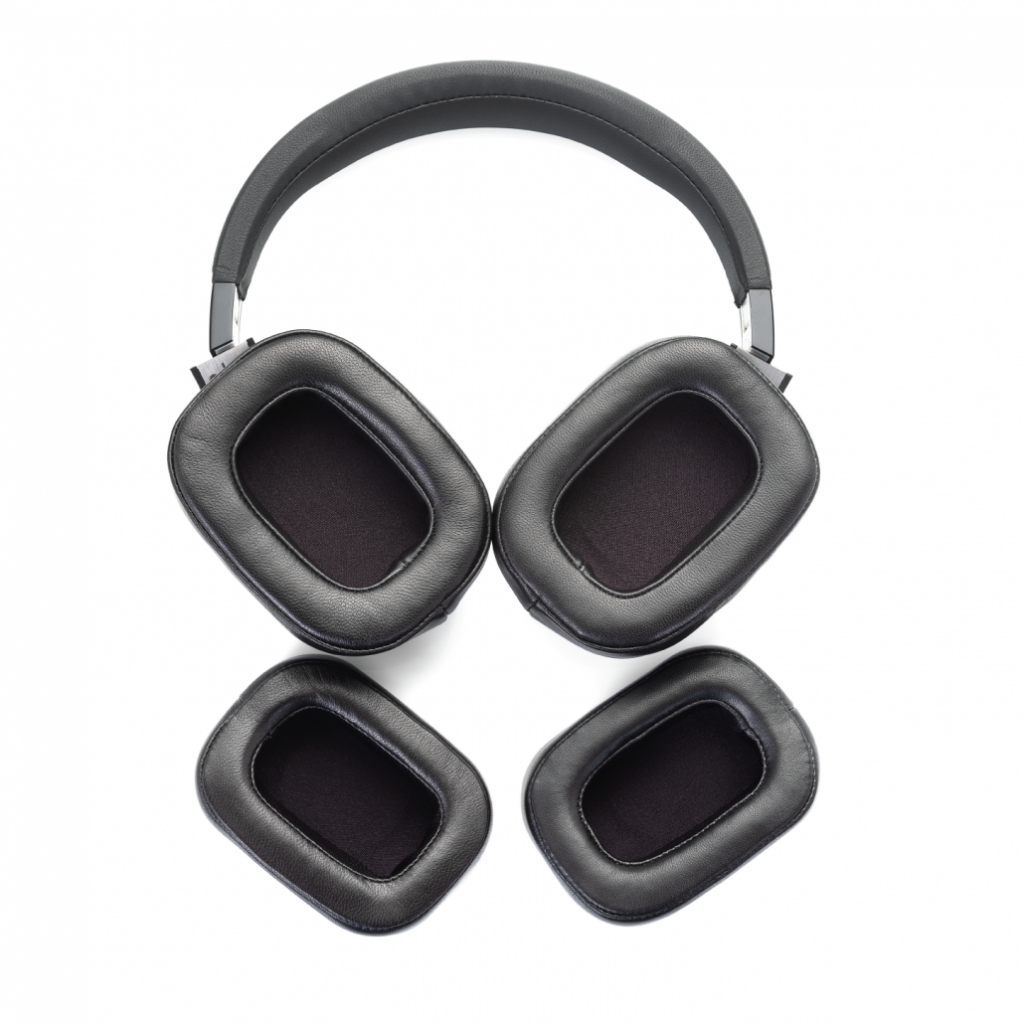
As an ‘on-the-go’ headphone, I cannot think of a pair of over-the-ear headphones that worked as well with my smartphone, making them the perfect choice for streamers who don’t want to be burdened with carrying around a huge brick just to drive their headphones.
Lovers of Hip Hop, House, Dance Club, Stadium Rock, or those looking for a cinematic presentation will find the Cascades indispensable, hence I can wholeheartedly and without reservation give them a recommendation.
https://campfireaudio.com/shop/cascade/
Price: $799 USD
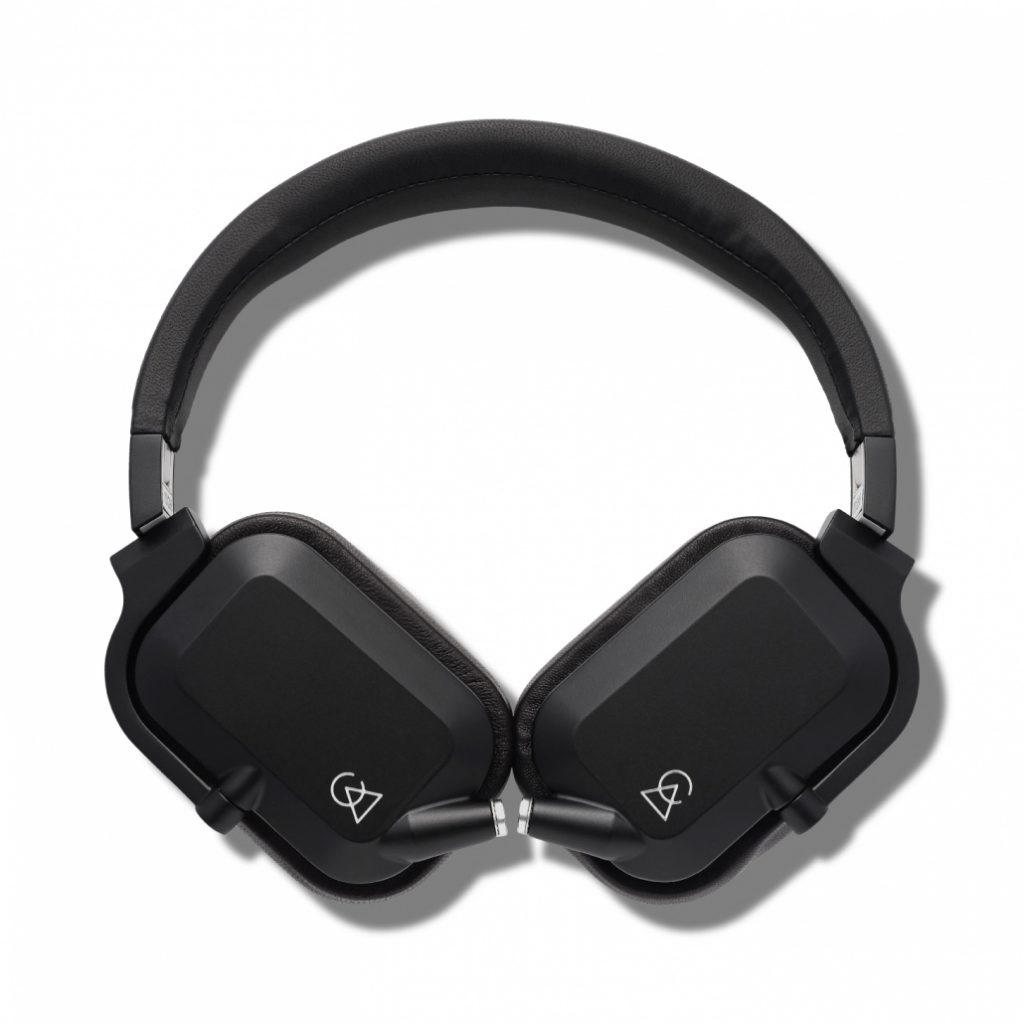
Specifications:
5Hz–33 kHz Frequency Response (attn -26dB)
100 dB SPL/mW Sensitivity
38 Ohms @ 1kHz Impedance
13.5 oz (without cable) or approximately 383 g
Earpad Dimensions Outside OD approx – 2.75-inch wide x 4 inch tall
Inside ID is approx – 1.5 inch wide x 2.5 inch
Features:
42 mm Beryllium PVD diaphragm dynamic driver
Sheep Leather Detachable Headphone Pads
Cicular ‘Push-Pull’ Connections
Cast + Machined Aluminum Cup and Hanger Arms
Steel headband, pivot and joints
Litz Cable – Silver Plated Copper with Cloth Jacket (4′)














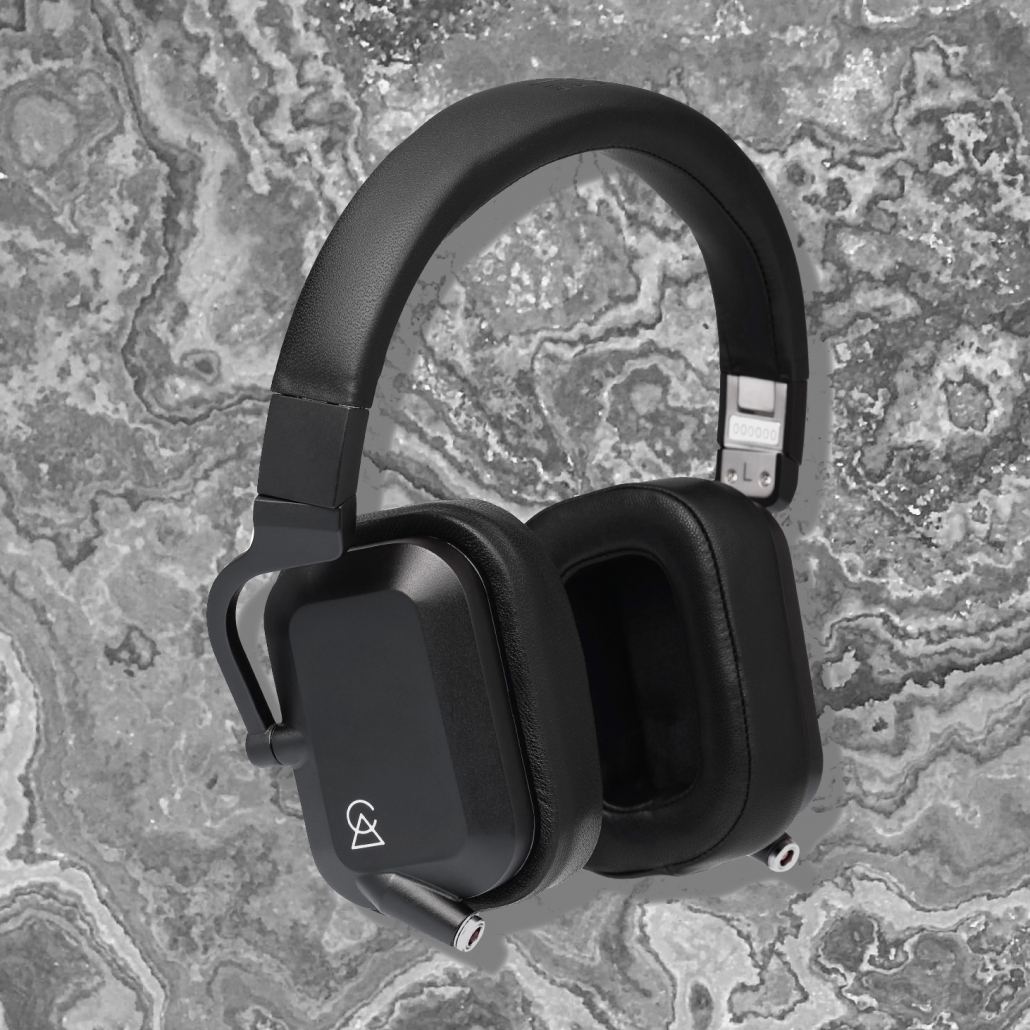
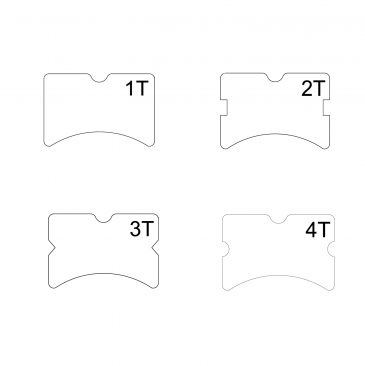
Want to join discussion?
Feel free to contribute!